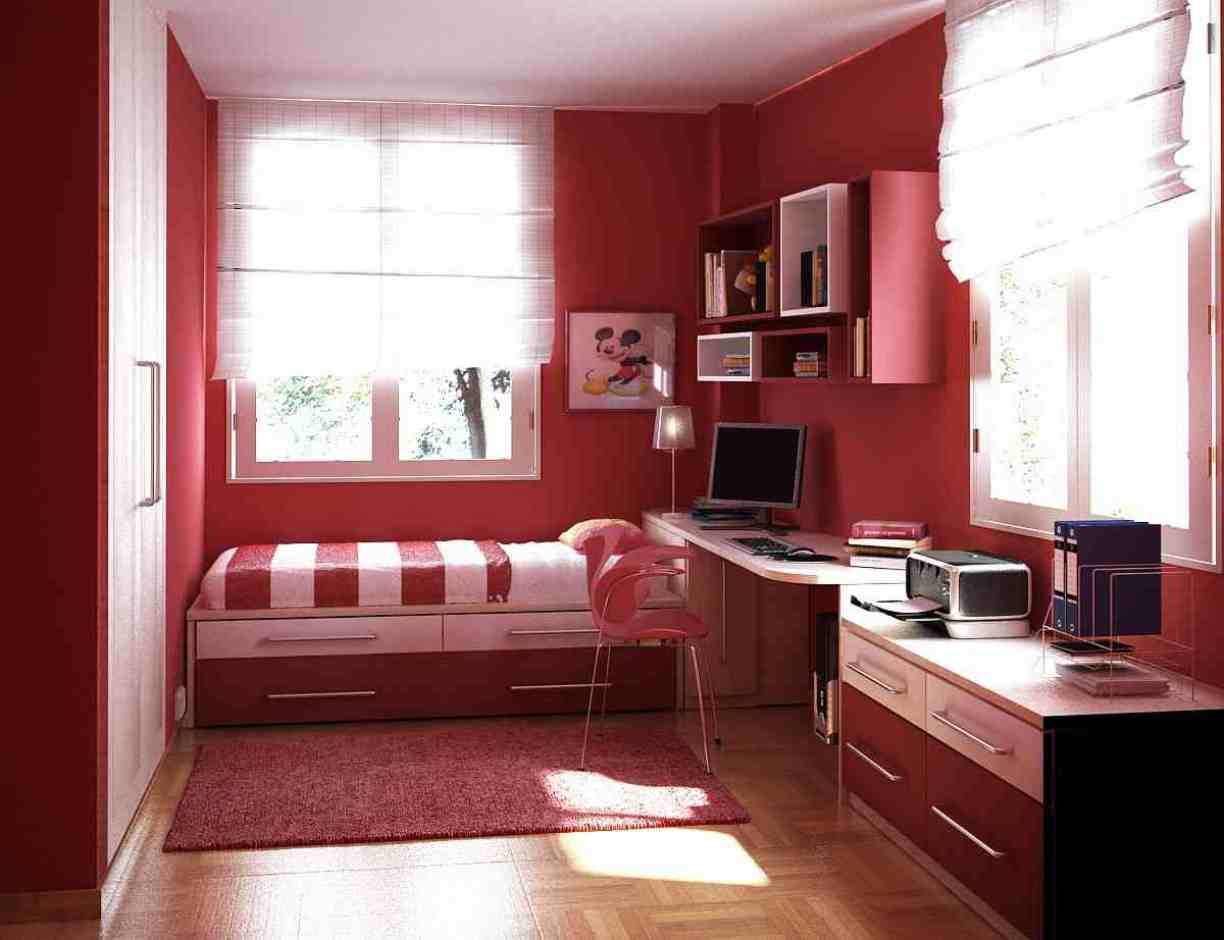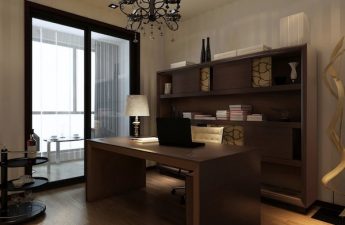 Microscopic areas of typical apartments –legacy of the Soviet past. The construction was quite justified - there was an urgent task: to provide housing for as many people as possible. Now the housing problem is not so acute, but the houses built will not soon cross the line of physical depreciation. Therefore, the majority of people still live in tiny apartments. And - the problem is urgent. Demand creates supply. Designers offer many options for interior design for a small space. You can also try to build your own domestic happiness in a separate tiny room on your own (but without neglecting the advice of experienced people).
Microscopic areas of typical apartments –legacy of the Soviet past. The construction was quite justified - there was an urgent task: to provide housing for as many people as possible. Now the housing problem is not so acute, but the houses built will not soon cross the line of physical depreciation. Therefore, the majority of people still live in tiny apartments. And - the problem is urgent. Demand creates supply. Designers offer many options for interior design for a small space. You can also try to build your own domestic happiness in a separate tiny room on your own (but without neglecting the advice of experienced people).






So where to start?
1.Tidy up a few square meters of your experimental space. 2. Look around carefully and determine, based on your preferences, make a detailed plan for redeveloping the space (using the photo ideas presented in the gallery). 3. Say: "With God!" and begin the transformation.






A few tips on design ideas (they can be seen on a selection of photos)
Space zoning: 1.Dividing the area into functional zones – for rest, work, and receiving guests. They can be designated with different wall finishes, arches, or separated by partitions made of decorated glass blocks (by the way, such blocks with shells and twigs inlays look very romantic), wooden or plastic panels. 2. A large aquarium will look great – it is a great decorative element, an excellent air humidifier, and at the same time – an unusual partition. Visually increasing the space: 1. Using light shades in the design (while giving preference to cold tones). It is better if the floor and ceiling are in the same color. 2. Glossy stretch ceilings will visually make the room much larger. 3. The absence of large decorative items, minimizing the amount of furniture will also visually expand the room. 4. It is worth carefully choosing curtains for the windows, furniture upholstery – they should not be dissonant with the general background. 5. The lighting in the room should be bright, preferably distributed among functional zones. 6. The use of mirrors or mirror elements will visually increase the size of the room. There are photos in the gallery where this technique is clearly demonstrated. 7. Furniture should be placed along the walls. Its size in horizontal planes should be as small as possible. For example, use a miniature sofa for a seat. 8. Multifunctional items should be used in everyday life: for example, the same sofa can be a place to sit, and a box for bed linen, and a bed for one person. 9. Decorating a small room with decorative elements should be very careful, otherwise all the work on visually increasing the space can go to waste. 10. Do not put decorations on horizontal surfaces (if these are photos of your favorite pug, just hang them on the wall, and put a large flower on the floor in the corner opposite the front door).






 To live beautifully, it is not at all necessary to have a huge living space, the main thing is to be able to plan and implement your ideas!
To live beautifully, it is not at all necessary to have a huge living space, the main thing is to be able to plan and implement your ideas!


